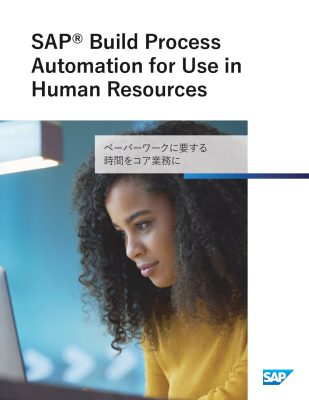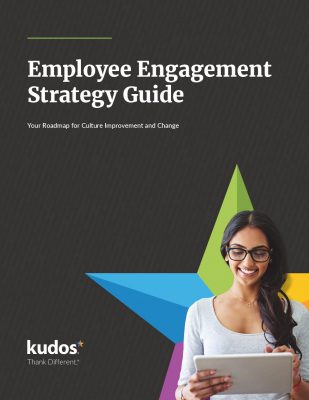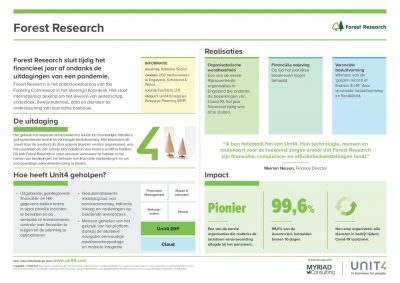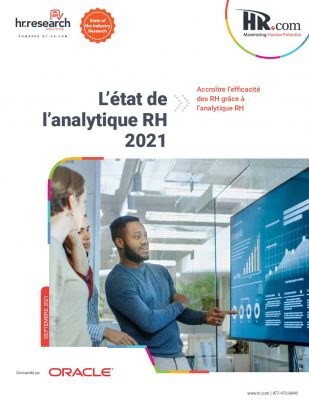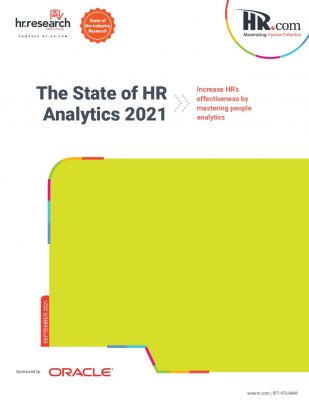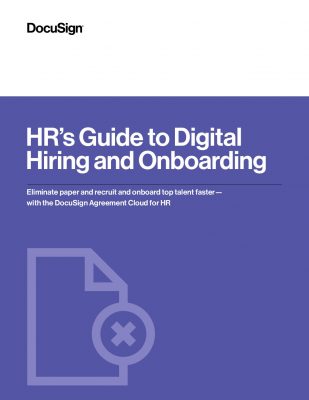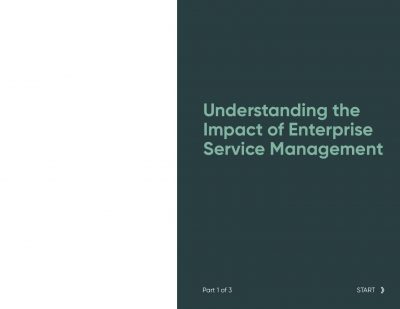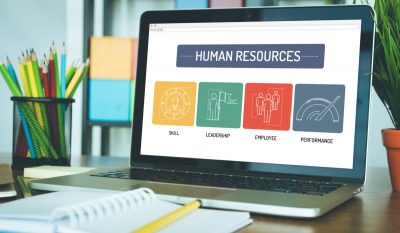Highlights:
- As organizations increasingly acknowledge the profound impact of healthy work environments, we can anticipate more concerted efforts to foster supportive workplaces, enhance employee well-being, and offer tailored development opportunities.
- HR is crucial in identifying skill gaps and facilitating employee training and development opportunities.
It’s hard to believe, but the year 2024 is literally around the corner. As we navigate the year-end challenges, encompassing the completion of documentation, administrative tasks, and effectively managing holiday time off, it is vital for global Human Resources (HR) to initiate preparations for the upcoming year proactively. Starting the planning process for 2024 at the earliest opportunity is highly advisable for a seamless transition.
“This year, recruiting has been focused on leveraging new technology investments for talent attraction and engagement, enabling more streamlined worker transitions, and slowly consolidating the technology market. As we look to 2024, while these trends will evolve, we see new macro trends emerging that HR leaders will need to address.” – Emi Chiba, Principal Analyst in the Gartner HR practice
We have compiled the foremost HR trend predictions for 2024 to facilitate your proactive approach.
What Are the Human Resources Future Trends of 2024?
-
An increasing focus on enhancing employee experience
In terms of informed forecasts, the emphasis on employee experience is expected to gain momentum. As organizations increasingly acknowledge the profound impact of healthy work environments, we can anticipate more concerted efforts to foster supportive workplaces, enhance employee well-being, and offer tailored development opportunities.
This could include introducing flexible work arrangements, technology-driven HR enhancements, and innovative strategies to engage and enhance employee satisfaction.
-
Increase in hybrid workplaces
The hybrid work model, which combines in-office and remote work, has emerged as a prominent trend in the post-pandemic era. This innovative and widely accepted approach has garnered support from both employers and employees, who acknowledge its advantages in terms of flexibility and adaptability.
In 2023, a substantial 74% of U.S. companies have either adopted or are in the process of implementing a permanent hybrid work model. This transition is not merely a reactive measure to the pandemic but a deliberate response to evolving work patterns.
According to Zippia, employee feedback has been instrumental, with 44% expressing a preference for the hybrid model, closely mirroring the stance of 51% of employers. Notably, high-growth companies are at the forefront of this transformation, with 63% embracing a “productivity anywhere” hybrid approach.
The attractiveness of the hybrid model encompasses various dimensions. A notable 55% of employees express a strong inclination to work remotely at least three days a week, appreciating its freedom. Furthermore, this flexibility carries financial implications, with companies realizing an average annual savings of USD 11,000 per part-time remote worker.
Additionally, the hybrid model contributes to enhancing mental well-being, as individuals who had the opportunity to embrace it during the pandemic reported lower levels of burnout.
Furthermore, the sustained investment in technology underscores the enduring nature of this trend. A substantial 72% of companies intend to increase their investments in virtual collaboration tools, while 70% are committed to fortifying their IT infrastructure to ensure robust virtual connectivity. This commitment unmistakably reflects a dedication to a model that amplifies productivity and aligns with the contemporary work-life balance demands.
Employers and employees recognize this approach’s substantial value, firmly establishing it as one of the pivotal HR trends to monitor as we transition into 2024.
-
Diversity, equity, and inclusion evolution
Diversity, equity, and inclusion (DEI) are progressively emerging as central focal points of organizational strategy, assuming a prominent role in businesses globally. This recognition of the intrinsic worth of diverse perspectives signifies a profound commitment to establishing fair and inclusive work environments where every individual is valued and integrated.
However, establishing and nurturing an inclusive and diverse work environment transcends mere acknowledgment of workforce diversity. It necessitates a comprehensive approach encompassing recruitment, hiring, retention, and development of employees from different backgrounds.
It emphasizes the need to actively seek their viewpoints, include them, and provide them with equal opportunities for organizational success. Achieving these objectives may entail the utilization of HR technologies for:
- Implementing automated skills assessments.
- Collecting feedback on the adoption and effectiveness of employee resource groups.
- Utilizing data-driven insights for informed decisions regarding hiring and promotions.
- Establishing clear and measurable success metrics for a specific role.
- Leveraging anonymous feedback on inclusivity to enhance company policies.
-
Upskilling and reskilling
Upskilling and reskilling are pivotal concepts in today’s dynamic business environment, where the demand for evolving skills is driven by technological advancements, market disruptions, and shifting customer requirements.
Upskilling involves acquiring new skills or enhancing existing ones to excel in one’s current role. Reskilling, on the other hand, entails developing new skills and knowledge to transition into a different position. These strategies empower employees and employers to navigate the evolving work landscape, enhancing competitiveness, employability, and overall productivity.
The human resource team identifies skill gaps and facilitates employee training and development opportunities. Here are some of the actions that HR can take to champion upskilling and reskilling:
- Administering skills assessments or surveys to gauge employees’ current skill levels and areas for improvement.
- Formulating skills frameworks or maps that outline employees’ necessary skill sets and progression paths.
- Offering skills training or coaching programs to enhance employees’ proficiency and capabilities.
- Providing skills certifications or credentials to acknowledge and validate employees’ proficiency in specific areas.
- Establishing skills pathways or career ladders to guide employees in their professional development and advancement based on their skill acquisition and growth.
- Promoting skills sharing or mentoring initiatives to facilitate employee knowledge transfer and skill development.
- Acknowledging and celebrating employees’ skills, achievements, and accomplishments to foster motivation and a culture of continuous improvement.
-
Artificial intelligence and the blended workforce
Introducing artificial intelligence into human resources represents a technological leap and a paradigm shift. Soon, bots will conduct initial interviews, and algorithms will steer career development. This is not a science-fiction scenario; it’s the reality of HR in 2024.
However, the integration of AI doesn’t signify the dehumanization of the workplace; quite the opposite. By automating routine tasks, AI empowers HR professionals to concentrate on more intricate and empathetic facets of their roles. It’s all about augmenting human potential, not supplanting it.
Nevertheless, ethical considerations cannot be ignored. AI requires thorough auditing to ensure unbiased algorithms and transparent processes. Striking the right balance between harnessing technology and preserving the human touch is the defining feature of the future of HR.
Closing Lines
As we approach 2024, several human resources and technology trends are set to shape the workplace landscape. These trends reflect an evolving focus on enhancing employee experience, with organizations recognizing the value of fostering supportive workplaces, well-being, and personalized development opportunities.
The rise of hybrid work models, combining in-office and remote work, represents a prominent shift, driven not only by the pandemic but also by the preferences of both employees and employers. The emphasis on diversity, equity, and inclusion continues to gain momentum, underscoring the importance of actively integrating employees from diverse backgrounds and providing equal opportunities.
Additionally, upskilling and reskilling are vital in the ever-changing business environment, empowering employees and employers to adapt and stay competitive. Integrating artificial intelligence into HR offers both efficiency and ethical considerations, emphasizing the need to balance technological advancements with preserving the human touch.
These trends collectively define the future of human resources, highlighting the importance of adaptability and a human-centric approach in the evolving workplace.
Enhance your HR knowledge with our library of HR-related whitepapers, covering the latest trends and practices in the field.


